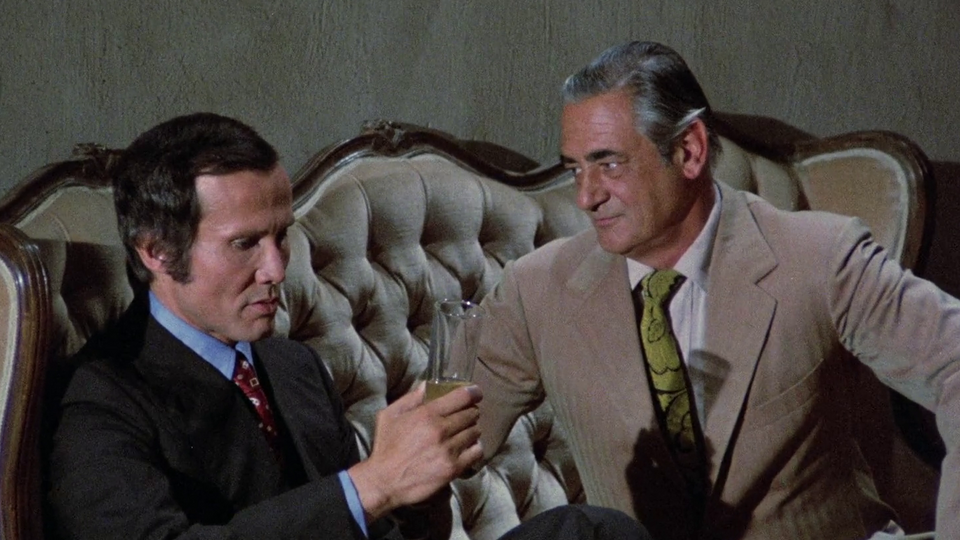Cry of a Prostitute – Andrea Bianchi, 1974
Cry of a Prostitute (O.V. Quelli che contano) Italy, 1974 Director: Andrea Bianchi Genre: Thriller, polizziesco, action Screenplay: Piero Regnoli Cast: Henry Silva (Tony Aniante), Barbara Bouchet (Margie), Fausto Tozzi (Don Ricuzzo), Vittorio Sanipoli (Don Cascemi) Plot Tony Aniante (Henry Silva) is a hitman recently returned to Sicily from the …

